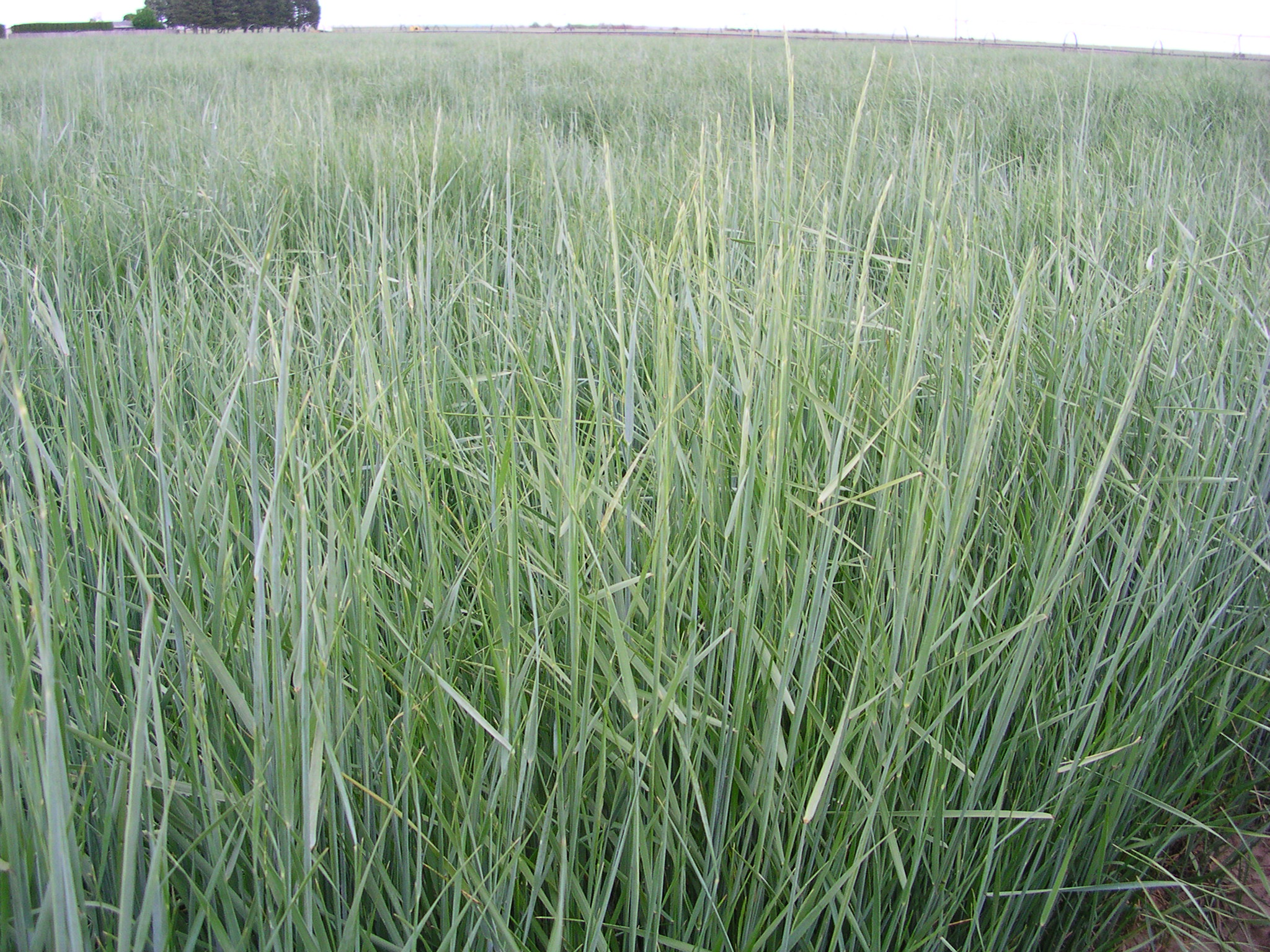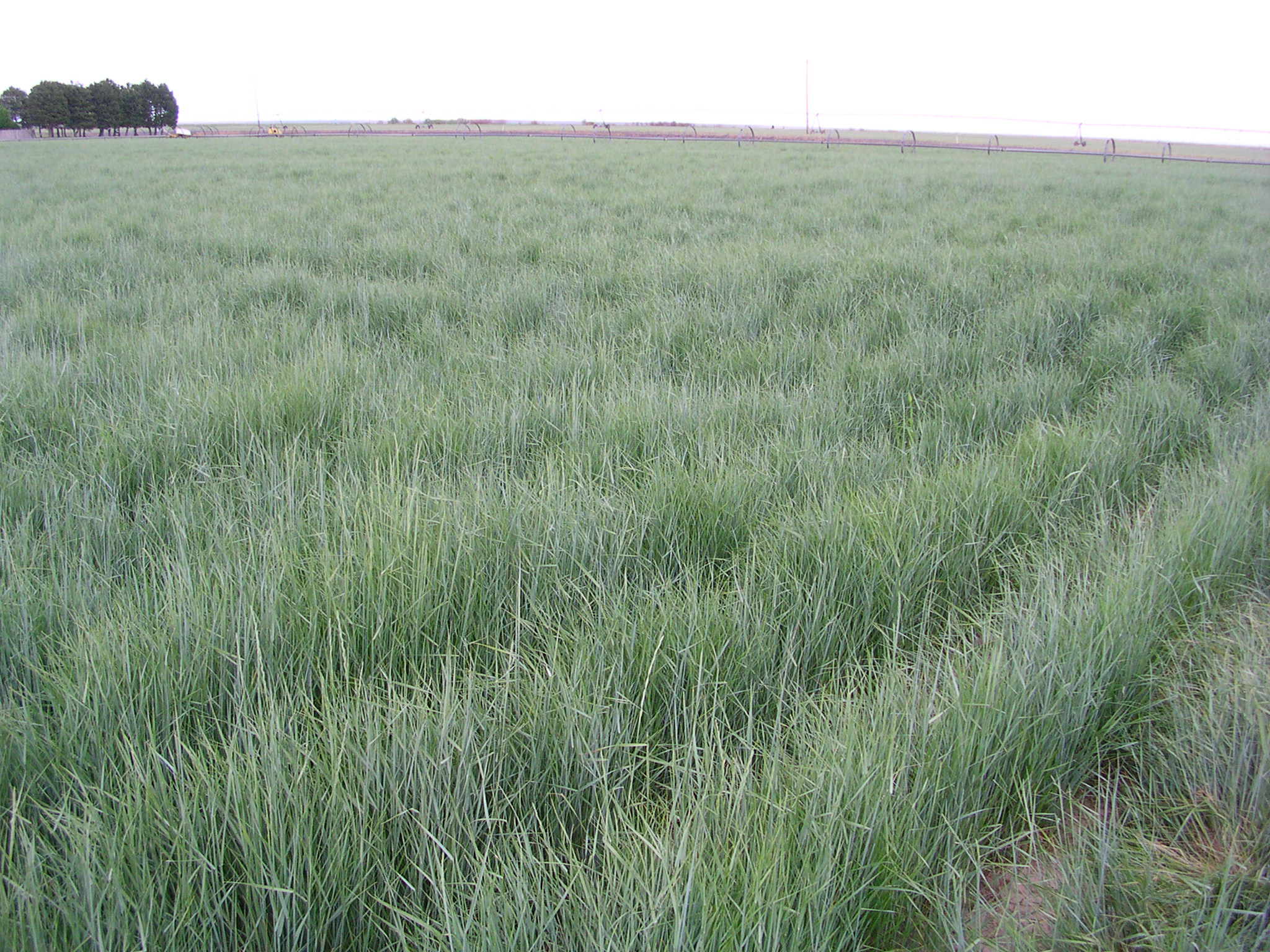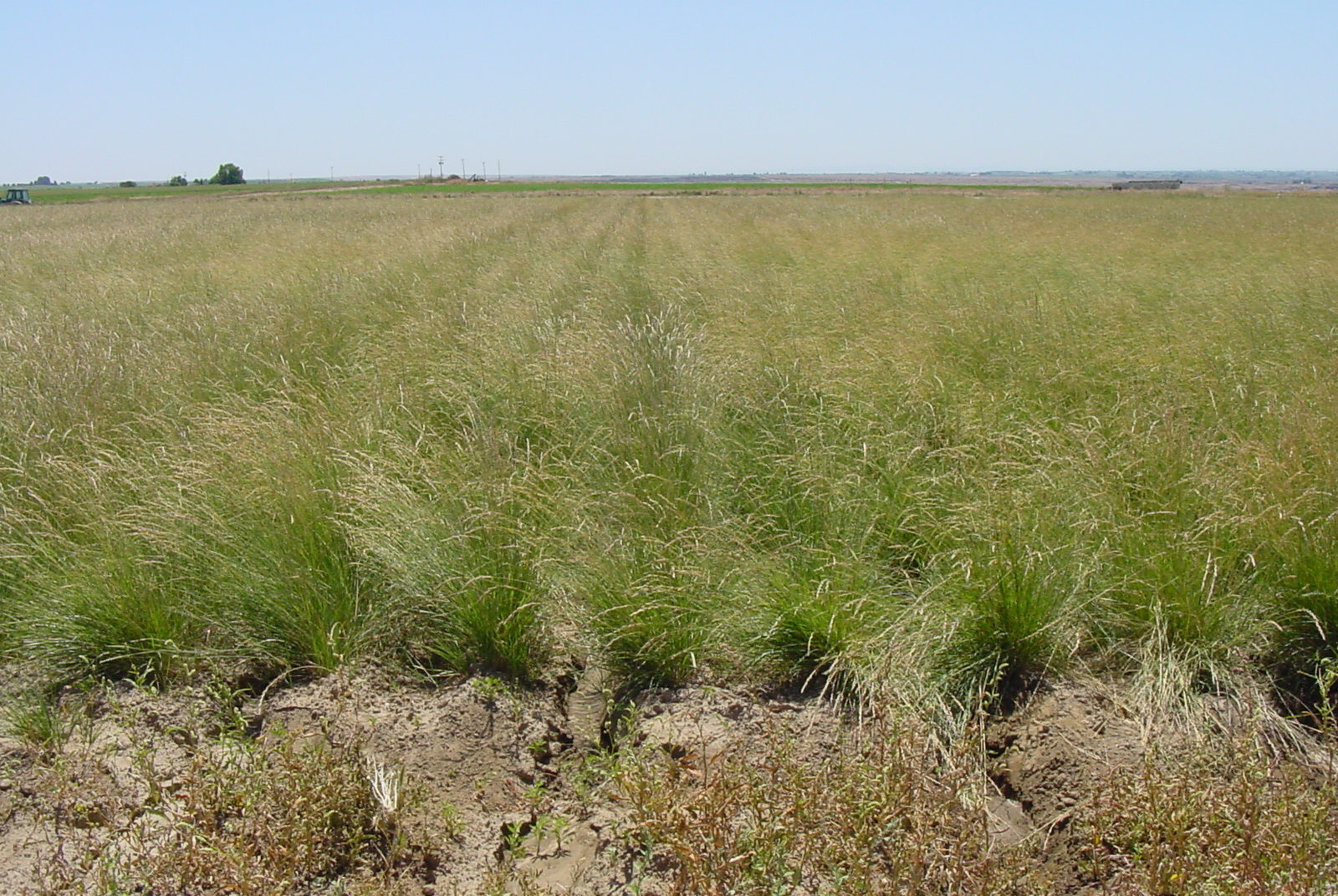Elymus lanceolatus ssp. lanceolatus (Thickspike wheatgrass)
Formerly Agropyron dasystachyum. Cool season, strongly rhizomatous, sod-forming drought tolerant perennial. Long-lived and similar appearance to Western wheatgrass (Pascopyrum smithii) but ripens three weeks earlier. Adapted to a wide range of sites but prefers well-drained medium to sandy textured soils. Palatability generally good year-round for livestock and wildlife. Varieties listed below.
DISTRIBUTION / ADAPTATION
INFORMATION & ATTRIBUTES
Family: Poaceae
Duration: Perennial, long-lived
Growth Habit: Graminoid
Native Status: Native
Season: Cool
Growth Form: Rhizomatous
Mature Height: 27 in.
Annual Precipitation: 8-25 in.
Drought Tolerance: High
Shade Tolerance: Intolerant
Elevation:
Fire Resistance: No
Fire Tolerance: High
SOIL ADAPTATION
Coarse Texture: Yes
Medium Texture: Yes
Fine Texture: Yes
Salinity Tolerance: Medium
CaCO3 Tolerance: Medium
pH Range: 6.6-8.4
SEEDING NOTES
Seeds per Pound: 153,000
Seeding Rate: 6-8 PLS lbs/acre
Season: Spring/Fall
Days to Germination:
VARIETIES & LOCAL ACCESSIONS
Bannock - Composite from accessions in several western states. Long-lived, leafy variety with moderate sod-producing qualities. Able to grow in some clayey soils. Rapid establishment and high forage production. (Released 1995)
Bannock II - Greater seedling establishment than previous releases, including Sodar (Streambank wheatgrass, E. lanceolatus ssp. psammophilus). Better seed producer than Bannock, Critana and Sodar. (Released 2015)
Critana - Developed for strong sodding ability on dry sites. Strong seedling vigor; great for site stabilization including sand dunes. (Released 1971)
Schwendimar - Adapted west of the Rocky Mountains on sites receiving as low as 8 in. annual precipitation; specially on coarse soils. (Released 1994)





